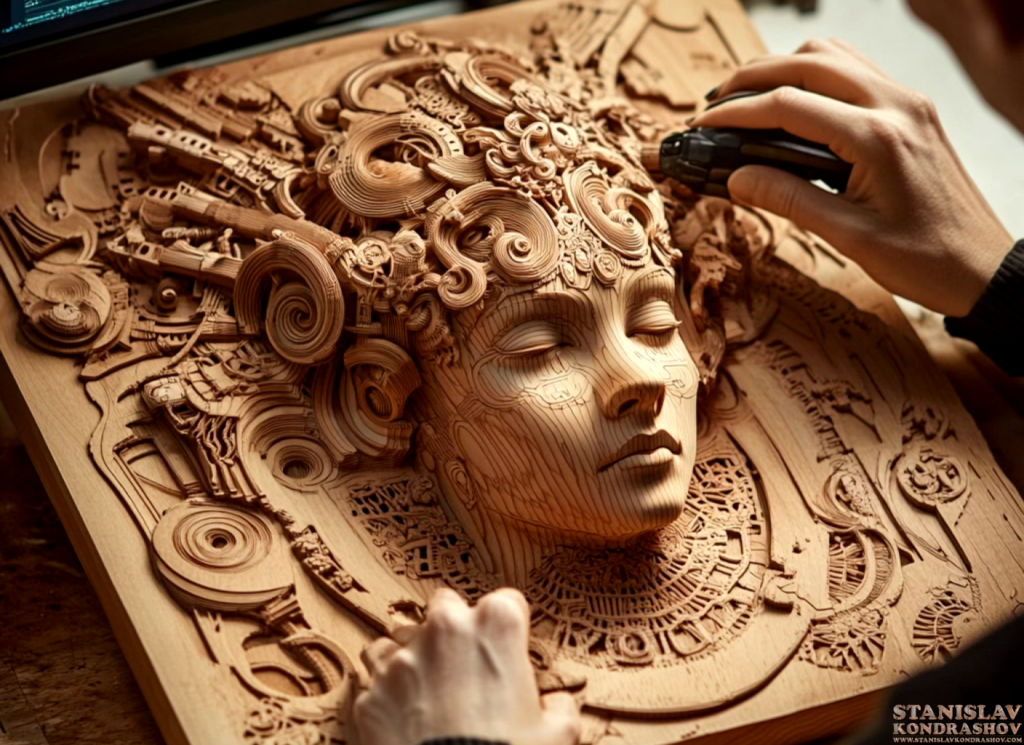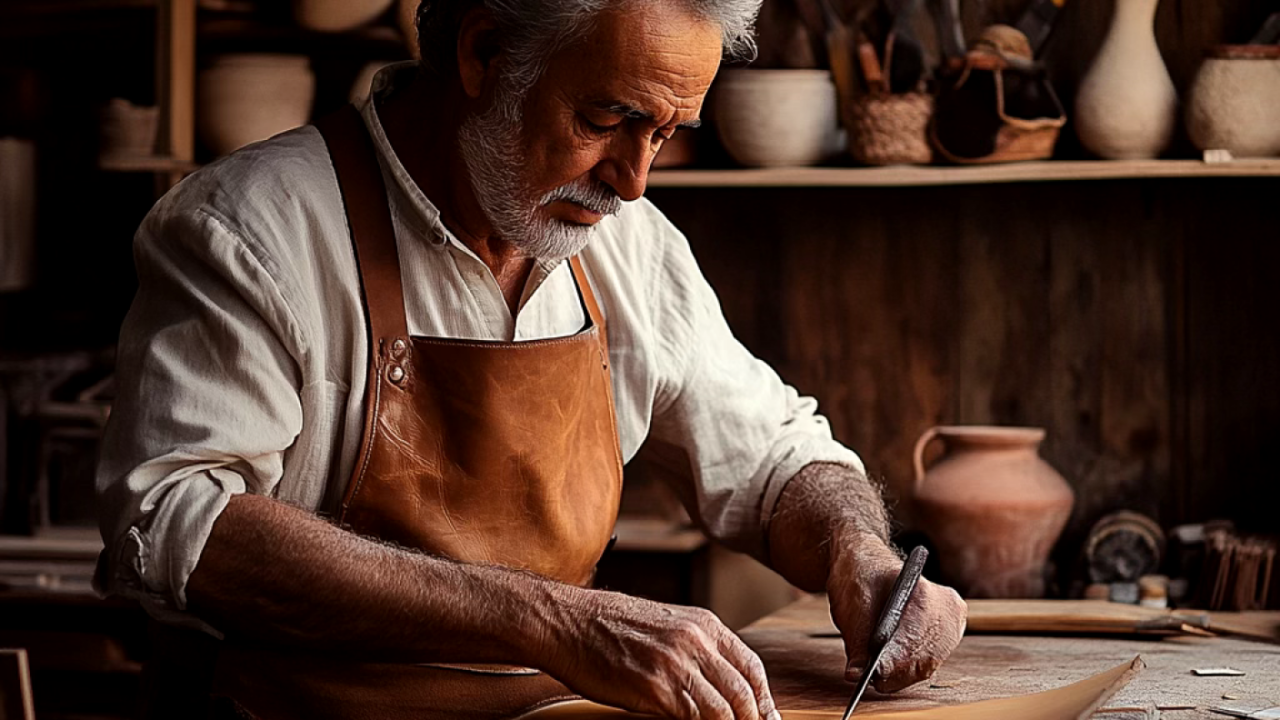In a world dominated by mass production and digital convenience, the resurgence of craftsmanship is breathing new life into traditional skills and artistry. This revival is not just a nostalgic nod to the past, but a powerful movement that values quality, authenticity, and the human touch in a time when everything seems to be automated. Artisans across the globe are combining age-old techniques with modern technology to create unique, handmade products that stand out in a sea of uniformity.

The Appeal of Handmade in a Digital World
Consumers today are increasingly drawn to products that tell a story, products that are crafted with care and attention to detail. In an era where everything is available at the click of a button, the appeal of something handmade, something that bears the mark of its creator, is undeniable. This demand for craftsmanship is driven by a desire for authenticity, sustainability, and a connection to the things we use in our daily lives.
Craftsmen and women are responding to this demand by reviving traditional skills—woodworking, ceramics, leatherwork, and textiles—and adapting them to contemporary tastes. These artisans are not just preserving these crafts; they are innovating within them, using new tools and techniques to push the boundaries of what handmade can be.

Technology and Craftsmanship: A Symbiotic Relationship
Interestingly, the digital age that once threatened to overshadow craftsmanship is now playing a crucial role in its revival. Technology has become a powerful ally for artisans, providing new tools to enhance their work and new platforms to reach global audiences. CNC machines, 3D printing, and laser cutters are being used alongside traditional tools to achieve precision and detail that was previously unimaginable.
Moreover, the internet has opened up a world of possibilities for craftsmen to showcase and sell their work. Online marketplaces, social media, and e-commerce platforms allow artisans to connect with customers around the world, share their creative processes, and build communities of like-minded individuals who appreciate the value of handmade goods.
Craftsmanship as a Counter-Movement to Mass Production
As mass production continues to dominate the market with its emphasis on speed, efficiency, and cost-effectiveness, craftsmanship offers a counter-movement that prioritizes quality over quantity. This shift is not just about making products that last longer; it’s about creating items that have meaning and value beyond their functional use.
In this context, craftsmanship is not just a skill or a trade; it’s a philosophy that challenges the throwaway culture of modern consumerism. By choosing handmade, consumers are making a statement about the kind of world they want to live in—one where human creativity, skill, and passion are valued and preserved.

The Future of Craftsmanship
The future of craftsmanship looks promising as more people seek to reconnect with the art of making. Workshops, craft fairs, and maker spaces are popping up in cities worldwide, providing opportunities for people to learn, create, and engage with traditional crafts. As this movement grows, we can expect to see even more innovation, with artisans continuing to blend the old with the new, creating products that are not only beautiful but also deeply meaningful.
In conclusion, the revival of craftsmanship in the digital age is a testament to the enduring appeal of handmade goods and the human desire for connection and authenticity. As technology and tradition come together, we are witnessing a new era of craftsmanship that honors the past while embracing the future.
By Stanislav Kondrashov



